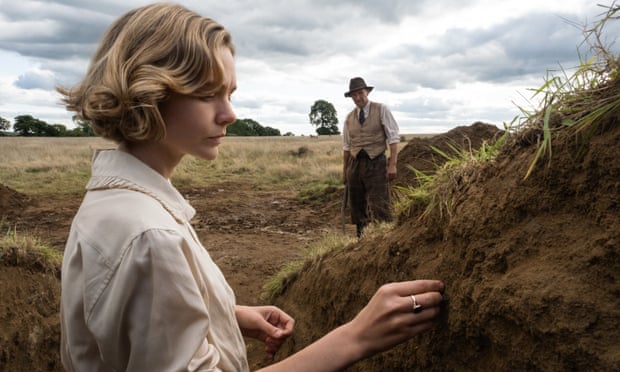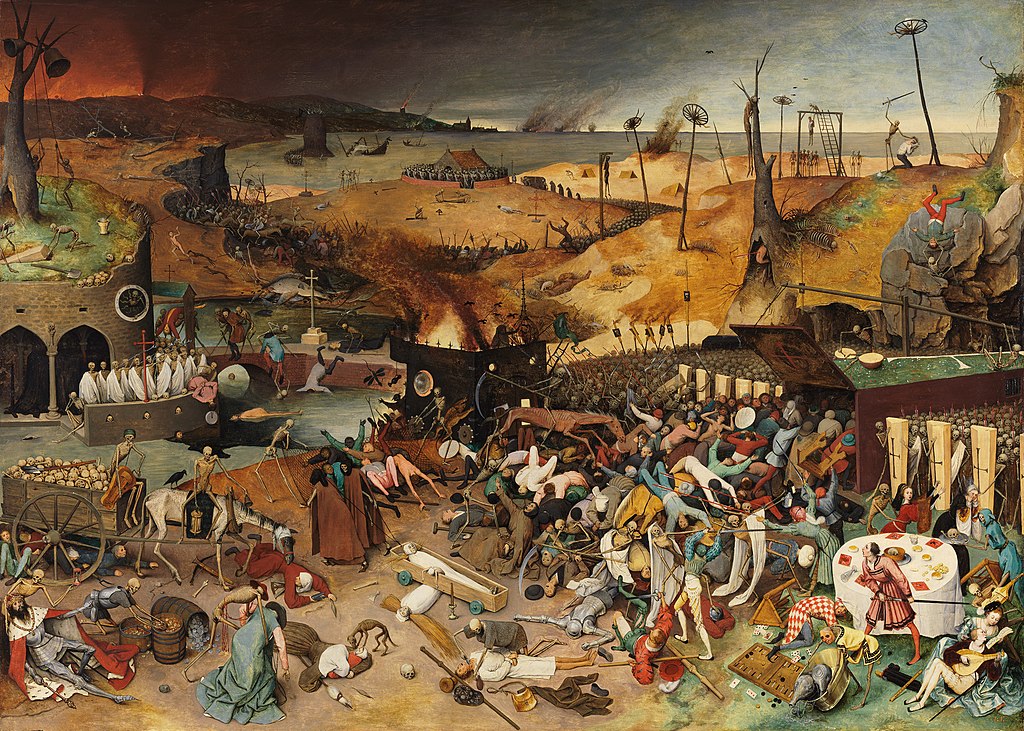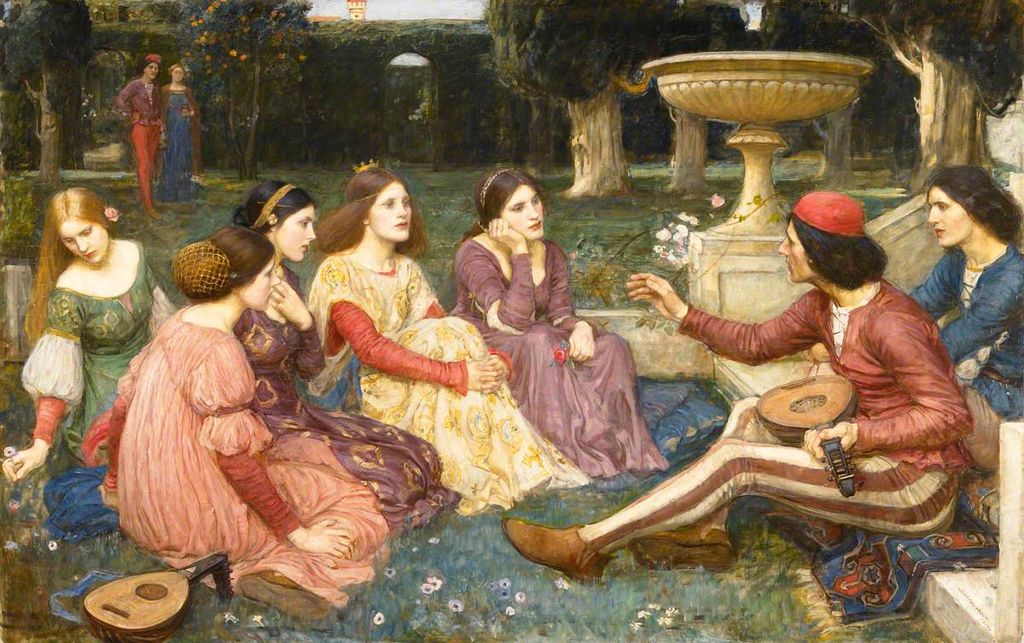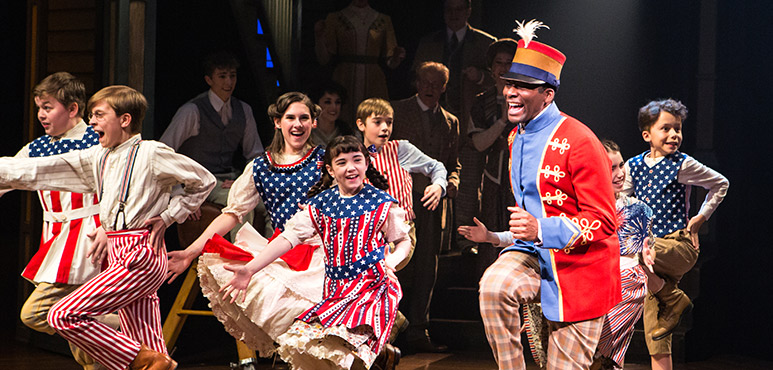Simon Stone’s historical drama steps away from casting its archaeologists as treasure hunters, mirroring the field’s own turn toward the ethical pursuit of information.
Surprising no one who knows me, I buzzed with anticipation for The Dig, Simon Stone’s film about the Sutton Hoo excavations, for weeks beforehand. I am not really a person who needs to watch things the moment they come out, but I kept the evening of January 15th clear, hoping that it would delight me as much as the trailer promised – and remembering my own happy traipse around the site when we could still go places and do things.
Based on John Preston’s book of the same name, The Dig dramatizes the late-1930s excavations at Sutton Hoo, Sussex, which revealed an iconic Anglo-Saxon ship burial in a larger cemetery context. Against this backdrop, landowner Edith Pretty (Carey Mulligan, fabulous if unconvincing as a woman in her mid-fifties), her son Robert, archaeologist Basil Brown (Ralph Fiennes), and the rest of the dig team, including a late-arriving Lily James as archaeologist Peggy Piggott, play out a slow, emotionally throbbing story about absence, legacy, and the inevitability of death – themes that are, I note, all the stuff of archaeology.

The Dig is surprisingly restrained on the subject of the Sutton Hoo finds themselves – we get a glimpse of a few objects emerging from the soil and laid in finds boxes, but there are no loving pans over the famous burial outfit, with its stately mask and glowing cloisonne ensemble. What looms large in the movie’s visual language instead is the absence of things: first a growing hole in the barrow, which at one point threatens to consume Brown entirely, then the imprint of a vast wooden ship in the soil, the boards long since rotted away. (Archaeology requires extrapolation, the exploration of what is no longer there using only what remains.)
This is the most interesting thing about the film for me. Virtually all mainstream archaeological media – your Mummy trilogy, your Indiana Jones – is about the stuff, generally what an archaeologist might call “small finds”. Our archaeologist-heroes pursue these things with fetishistic intensity; they must rescue these things and keep them from falling into the wrong hands. The things, after all, belong in a museum!

For dramatic reasons, there is less concern about the meat and potatoes of archaeological excavation: what action hero could thrill to finds like ‘bit of wall’ or ‘patch of dirt that is a noticeably different colour from surrounding dirt’ or – more exciting yet – ‘midden’?
Early archaeology, too, was often interested in ‘the stuff’ (Howard Carter with his eye to the tomb of Tutankhamun in 1922, seeing – yes, wonderful things), often blasting through strata and losing precious data in its rush for finds, then spiriting goods out of their contexts to be displayed in European museums. The Dig looks back on this era with the perspective of nearly a century of archaeological thought and postcolonial theory, recognizing – as British archaeology was late to do – Basil Brown for his meticulous, thoughtful practice. It purposefully minimizes the small finds, as if to suggest that the dig was not about the things at all, and so sidesteps one problem with archaeological media: its tendency to condone, and so naturalize, the wholesale theft of cultural objects by Western archaeologists and cultural institutions – an entrenched, ongoing issue in the field.

This reframes the story of Sutton Hoo, and maybe of archaeology in general, from the miraculous appearance of objects in a field to the culmination of dedicated work and thought by many minds and hands. It’s a slow pleasure, not an epiphanic one: the moment of truth is not the emergence of treasure from the ground (though this is always exciting) but the confirming of a hypothesis, the accumulation of knowledge.
The film ends on a long take of Brown and his team piling soil back onto the barrow site to cover the delicate ship burial. Much of Sutton Hoo is still unexcavated, reserved – as is common practice – for future archaeologists and their future technologies, in the pursuit of knowing more.
Recommended reading and listening:
- Mira Assaf Kafantaris’ Twitter thread on The Dig and the glorification of a mythical “Anglo-Saxon” world.
- Out of the Dark Ages: Netflix film ‘The Dig’ ignites ballyhoo about Sutton Hoo (The Guardian), on the upswing in public attention caused by the film.
- The consistently-excellent podcast Historical Frictions on The Dig.
- Eighty Years and More of Sutton Hoo (British Museum blog).
- Also from the British Museum, a Google Street View tour of Room 41, housing the Sutton Hoo assemblage.











